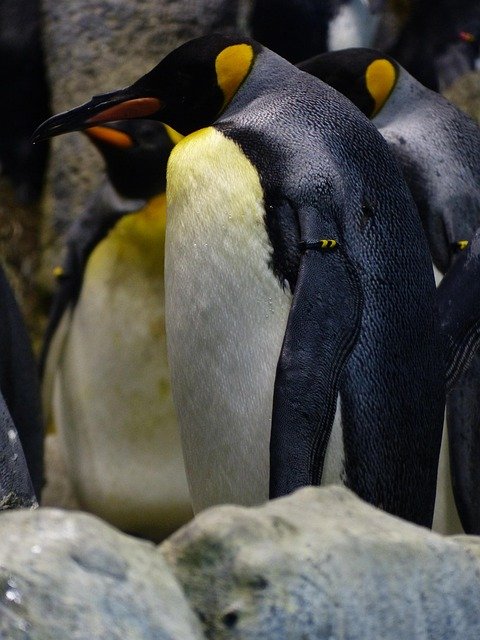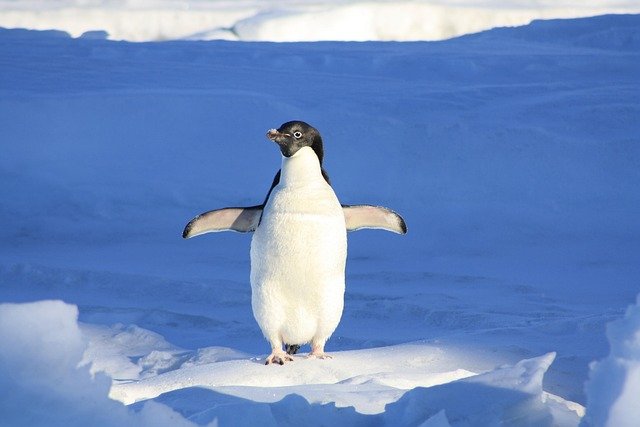**Topic: "The Social Dynamics of Penguins: Understanding Their Unique Communities"** In this post,

The Social Dynamics of Penguins: Understanding Their Unique Communities
Penguins are not just adorable creatures waddling across icy landscapes; they are also fascinating social animals with complex community structures. Understanding the social dynamics of penguins can provide us with insights into their behavior, communication, and survival strategies. In this post, we’ll explore the unique communities of penguins, their social interactions, and the roles they play within their groups.
1. Social Structure of Penguin Colonies
Penguins are highly social birds that often live in large colonies, sometimes consisting of thousands of individuals. These colonies provide several advantages:
Protection from Predators: Living in large groups helps penguins reduce the risk of predation. The sheer number of individuals can confuse predators and make it more difficult for them to target a single penguin.
Thermoregulation: In harsh climates, such as the Antarctic, penguins huddle together to conserve warmth. This behavior is crucial for survival in extreme cold.
Resource Sharing: Penguins often share information about food sources, which can be vital for their survival in challenging environments.
2. Communication and Social Interactions
Penguins communicate through a variety of vocalizations and body language. Each species has its unique calls, which serve different purposes:
Mating Calls: During the breeding season, male penguins use specific calls to attract females. These calls can convey their health and genetic fitness.
Chick Communication: Parent penguins and their chicks develop unique vocalizations to recognize each other. This is crucial in crowded colonies where many chicks may look alike.
Social Hierarchy: Within colonies, penguins establish social hierarchies. Dominant individuals may have preferential access to food and mating opportunities, influencing the overall dynamics of the group.
3. Cooperative Breeding and Parenting
Many penguin species exhibit cooperative breeding behaviors. For instance, both parents typically share the responsibility of incubating eggs and feeding chicks. This cooperative effort is essential for the survival of the young:
Shared Responsibilities: In species like the Emperor Penguin, males incubate the eggs while the females hunt for food. This division of labor allows for better survival rates of the chicks.
Chick Rearing: Once the chicks hatch, both parents continue to care for them, teaching them essential survival skills, such as swimming and foraging.
4. Challenges to Social Dynamics
While penguin communities are resilient, they face numerous challenges that can disrupt their social dynamics:
Climate Change: Melting ice and changing ocean temperatures affect food availability, forcing penguins to travel further for food and impacting their social structures.
Human Activity: Overfishing, pollution, and habitat destruction can lead to decreased populations and altered social dynamics within colonies.
Disease: Outbreaks of disease can have devastating effects on penguin colonies, disrupting their social structures and leading to population declines.
Conclusion
The social dynamics of penguins are a testament to their adaptability and resilience in some of the harshest environments on Earth. By studying their unique communities, we gain valuable insights into their behavior and the challenges they face. Understanding these dynamics can help us develop effective conservation strategies to protect these remarkable birds and their habitats for future generations.
Further Reading
- Penguin Conservation: Challenges and Solutions
- The Breeding Habits of Different Penguin Species
- Climate Change and Its Impact on Marine Life
Feel free to share your thoughts and experiences related to penguins in the comments below! 🐧
